When it comes to lighting up your kitchen, recessed lighting is a popular and practical choice. This type of lighting is installed directly into the ceiling, providing a sleek and seamless look. Not only does it add a modern touch to your kitchen, but it also offers ample lighting for your cooking and food preparation needs.Recessed Lighting for Kitchen
If you're thinking about adding recessed lighting to your kitchen, the first step is to determine where to place the lights. It's best to consult with a professional electrician to ensure safe and proper installation. However, if you're a DIY enthusiast, here are the basic steps to follow: Step 1: Measure and mark the placement of the lights on your ceiling. It's recommended to have one light for every 4 to 6 feet of ceiling space. Step 2: Cut holes in the ceiling using a drywall saw or hole cutter, following the marked placements. Step 3: Connect the wiring and install the recessed light fixtures, making sure they are securely attached to the ceiling. Step 4: Install the light bulbs and trim pieces, and turn on the power to test the lights. Step 5: Patch and paint any holes or imperfections in the ceiling.How to Install Recessed Lighting in Kitchen
While recessed lighting is a great way to brighten up your kitchen, incorporating natural light is also important for creating a warm and inviting space. When choosing light bulbs for your recessed lights, opt for natural light bulbs that mimic the color and brightness of daylight. Some options to consider are: LED bulbs: These energy-efficient bulbs emit a bright, natural light and have a long lifespan. Full-spectrum bulbs: These bulbs simulate natural sunlight and can help reduce eye strain and improve mood. Halogen bulbs: These bulbs produce a bright white light and are often used in recessed lighting to provide a natural daylight effect.Best Natural Light Bulbs for Kitchen
Recessed lighting offers endless possibilities for illuminating your kitchen. Here are some ideas to consider: Task lighting: Place recessed lights above your kitchen island or countertops to provide focused lighting for cooking and food prep. Accent lighting: Use recessed lights to highlight a specific area or feature in your kitchen, such as a piece of artwork or a decorative backsplash. Ambient lighting: Install recessed lights around the perimeter of your kitchen to provide overall lighting and create a warm and inviting atmosphere. Under-cabinet lighting: Add recessed lights under your upper cabinets to provide additional lighting for food prep and also create a stylish and modern look.Kitchen Lighting Ideas with Recessed Lights
The number of recessed lights needed for your kitchen will depend on the size and layout of the space. As a general rule, one light for every 4 to 6 feet of ceiling space is recommended. However, it's best to consult with a professional to determine the exact number and placement of lights for optimal lighting in your kitchen.How Many Recessed Lights for Kitchen
When selecting recessed lights for your kitchen, there are a few factors to consider: Size and beam angle: Recessed lights come in various sizes and beam angles, so it's important to choose the right size and angle for your kitchen to ensure proper lighting coverage. Trim options: The trim of the recessed light can also impact the lighting effect in your kitchen. For example, a black baffle trim can reduce glare, while a reflective trim can help maximize light output. Bulb type: As mentioned, there are different types of bulbs that can be used for recessed lighting. Consider the brightness, color temperature, and energy efficiency of the bulb when making your decision.Choosing the Right Recessed Lighting for Your Kitchen
In addition to recessed lighting, there are other ways to incorporate natural light into your kitchen design: Window treatments: Choose light-colored or sheer window treatments to allow maximum natural light to enter your kitchen. Skylights: If possible, consider installing skylights in your kitchen to bring in more natural light from above. Light-colored surfaces: Use light-colored countertops and cabinets to reflect natural light and brighten up your kitchen.Maximizing Natural Light in Your Kitchen
LED recessed lighting is a popular and energy-efficient choice for kitchen lighting. LED bulbs use less energy and have a longer lifespan compared to traditional incandescent bulbs. They also emit a bright and natural light that is perfect for kitchen tasks.LED Recessed Lighting for Kitchen
When it comes to kitchen design, a bright and airy space is always desirable. Recessed lighting can help achieve this look by providing ample light without taking up visual space. To enhance the brightness and airiness of your kitchen, consider these tips: Use light colors: Choose light-colored walls, cabinets, and countertops to reflect light and create a sense of spaciousness. Install lights strategically: Place recessed lights in areas where they will have the most impact, such as above the sink or kitchen island. Add mirrors: Mirrors can reflect light and make a space feel larger and brighter. Consider adding a mirror backsplash or placing a mirror on a wall opposite a window to maximize natural light.Creating a Bright and Airy Kitchen with Recessed Lighting
Incorporating natural light into your kitchen design not only adds a beautiful and inviting touch, but it also has numerous benefits, such as reducing energy costs and improving the overall mood and productivity in the space. Here are some ideas to consider: Open shelving: Replace some upper cabinets with open shelving to allow natural light to flow through and brighten up your kitchen. Large windows: If possible, install large windows in your kitchen to bring in an abundance of natural light. Indoor plants: Adding plants to your kitchen not only adds a touch of nature but also helps filter the air and bring in more natural light. In conclusion, recessed lighting and natural light are both essential elements in creating a well-lit and inviting kitchen. By following these tips and ideas, you can achieve a bright and airy space that is both functional and aesthetically pleasing.How to Incorporate Natural Light into Your Kitchen Design
Enhance Your Kitchen Design with Recessed Lighting and Natural Light

The Perfect Combination
:max_bytes(150000):strip_icc()/kitchenrecessedlighting-GettyImages-155383268-dec5caad600541ff81cbdd6d06846c66.jpg) When it comes to designing a kitchen, lighting plays a crucial role in creating a functional and inviting space. A well-lit kitchen can make all the difference in the atmosphere and functionality of the room. Incorporating
recessed lighting
and
natural light
into your kitchen design can provide the perfect combination of style and functionality.
When it comes to designing a kitchen, lighting plays a crucial role in creating a functional and inviting space. A well-lit kitchen can make all the difference in the atmosphere and functionality of the room. Incorporating
recessed lighting
and
natural light
into your kitchen design can provide the perfect combination of style and functionality.
Recessed Lighting: A Sleek and Modern Touch
 Recessed lighting, also known as can lights or downlights, are fixtures that are installed into the ceiling, giving a sleek and modern look to your kitchen. These lights are a popular choice for kitchen lighting as they provide overall illumination to the space without taking up any visual space.
Recessed lighting
can be strategically placed to highlight specific areas of the kitchen, such as the countertops or the kitchen island, making it an ideal choice for task lighting.
Recessed lighting, also known as can lights or downlights, are fixtures that are installed into the ceiling, giving a sleek and modern look to your kitchen. These lights are a popular choice for kitchen lighting as they provide overall illumination to the space without taking up any visual space.
Recessed lighting
can be strategically placed to highlight specific areas of the kitchen, such as the countertops or the kitchen island, making it an ideal choice for task lighting.
Natural Light: The Key to a Bright and Welcoming Kitchen
 Natural light is a key element in any well-designed kitchen. It not only creates a bright and welcoming atmosphere but also has numerous health benefits.
Natural light
can help improve mood and productivity, and it also makes the space feel larger. Including large windows or skylights in your kitchen design can provide an abundance of natural light, making your kitchen a more enjoyable place to cook and spend time in.
Natural light is a key element in any well-designed kitchen. It not only creates a bright and welcoming atmosphere but also has numerous health benefits.
Natural light
can help improve mood and productivity, and it also makes the space feel larger. Including large windows or skylights in your kitchen design can provide an abundance of natural light, making your kitchen a more enjoyable place to cook and spend time in.
The Benefits of Combining Recessed Lighting and Natural Light
 Combining
recessed lighting
and
natural light
in your kitchen design can offer numerous benefits. First, it provides a well-balanced lighting scheme, ensuring that your kitchen is well-lit at all times of the day. Second, it adds depth and dimension to the space, creating a more visually appealing and functional kitchen. Lastly, incorporating both types of lighting can help save energy and reduce your utility bills.
Combining
recessed lighting
and
natural light
in your kitchen design can offer numerous benefits. First, it provides a well-balanced lighting scheme, ensuring that your kitchen is well-lit at all times of the day. Second, it adds depth and dimension to the space, creating a more visually appealing and functional kitchen. Lastly, incorporating both types of lighting can help save energy and reduce your utility bills.
Design Tips for Incorporating Recessed Lighting and Natural Light
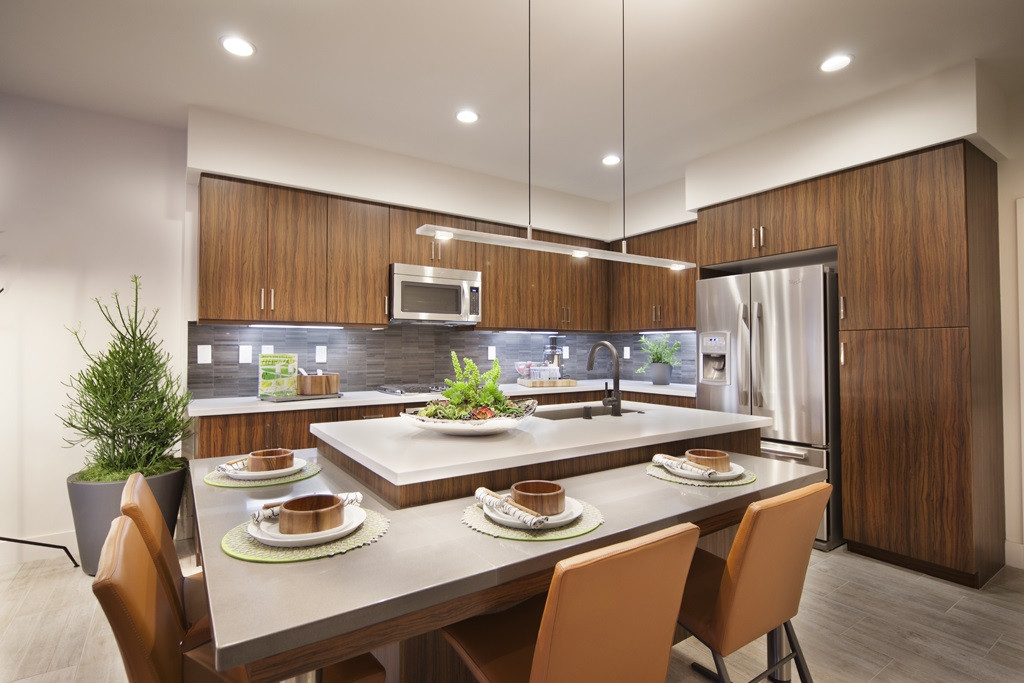 When designing your kitchen, it's essential to consider the placement of both
recessed lighting
and
natural light
. Aim to have recessed lights placed evenly throughout the room to avoid any dark or shadowy areas. Consider installing dimmer switches for your recessed lights, allowing you to adjust the level of light based on your needs and mood. When it comes to natural light, think about the orientation of your kitchen and the placement of windows or skylights to maximize the amount of natural light coming in.
In conclusion, incorporating
recessed lighting
and
natural light
into your kitchen design can elevate the look and functionality of your space. By combining these two lighting sources, you can create a well-lit and inviting kitchen that is both aesthetically pleasing and practical. So, when planning your next kitchen remodel, don't forget to consider the benefits of incorporating
recessed lighting
and
natural light
into your design.
When designing your kitchen, it's essential to consider the placement of both
recessed lighting
and
natural light
. Aim to have recessed lights placed evenly throughout the room to avoid any dark or shadowy areas. Consider installing dimmer switches for your recessed lights, allowing you to adjust the level of light based on your needs and mood. When it comes to natural light, think about the orientation of your kitchen and the placement of windows or skylights to maximize the amount of natural light coming in.
In conclusion, incorporating
recessed lighting
and
natural light
into your kitchen design can elevate the look and functionality of your space. By combining these two lighting sources, you can create a well-lit and inviting kitchen that is both aesthetically pleasing and practical. So, when planning your next kitchen remodel, don't forget to consider the benefits of incorporating
recessed lighting
and
natural light
into your design.





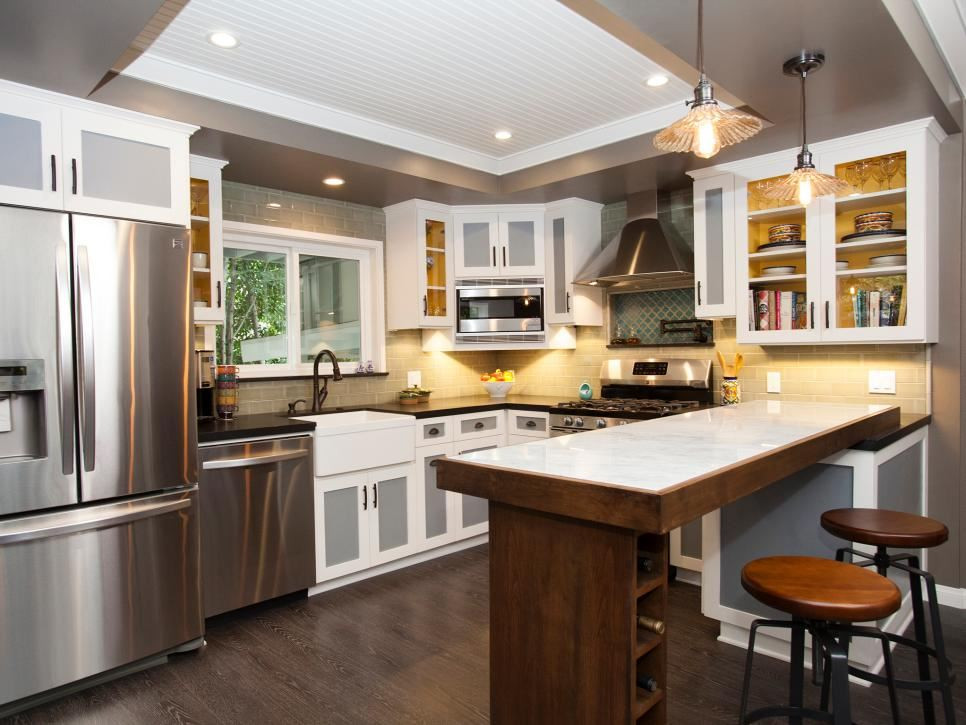




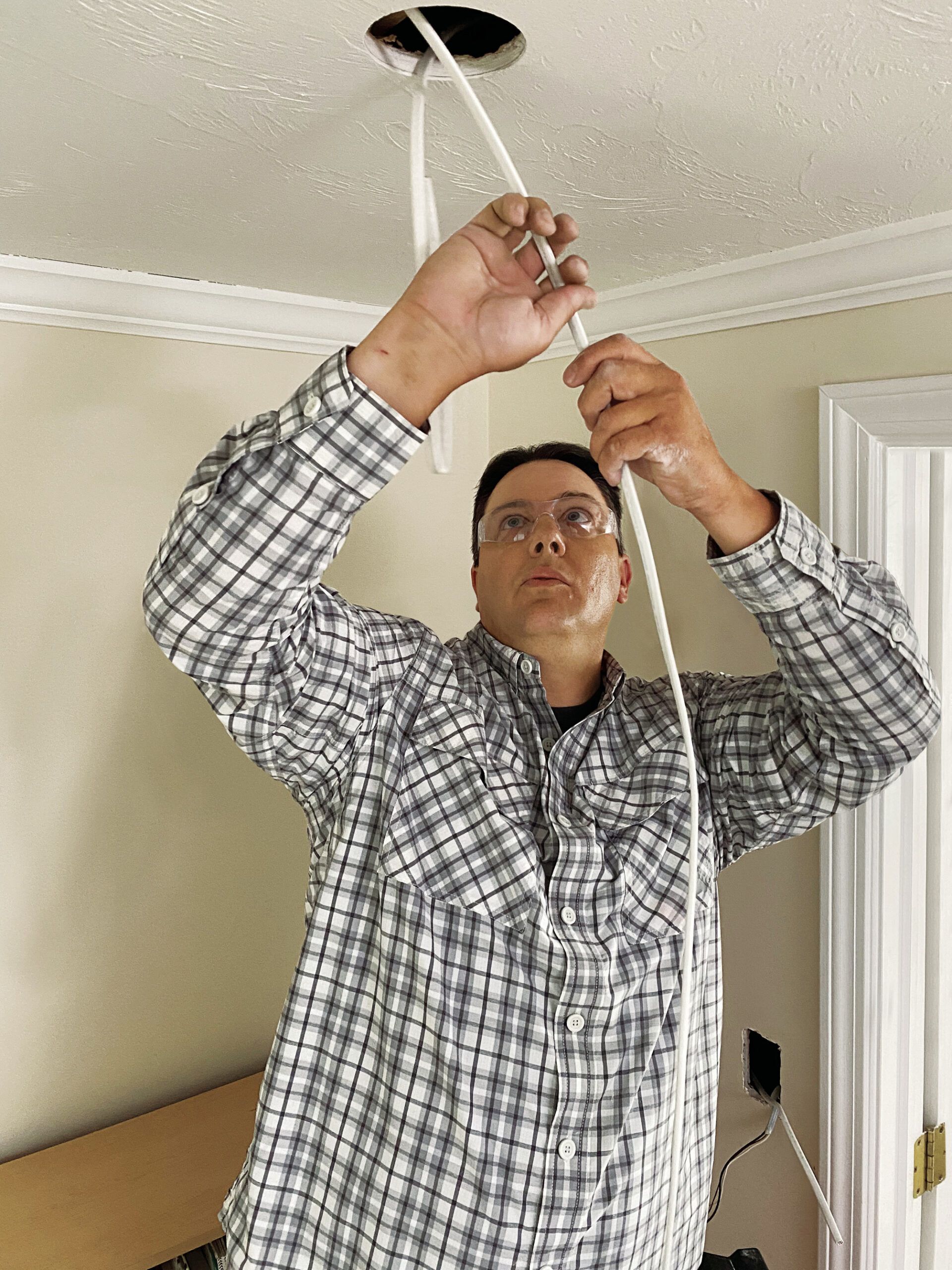

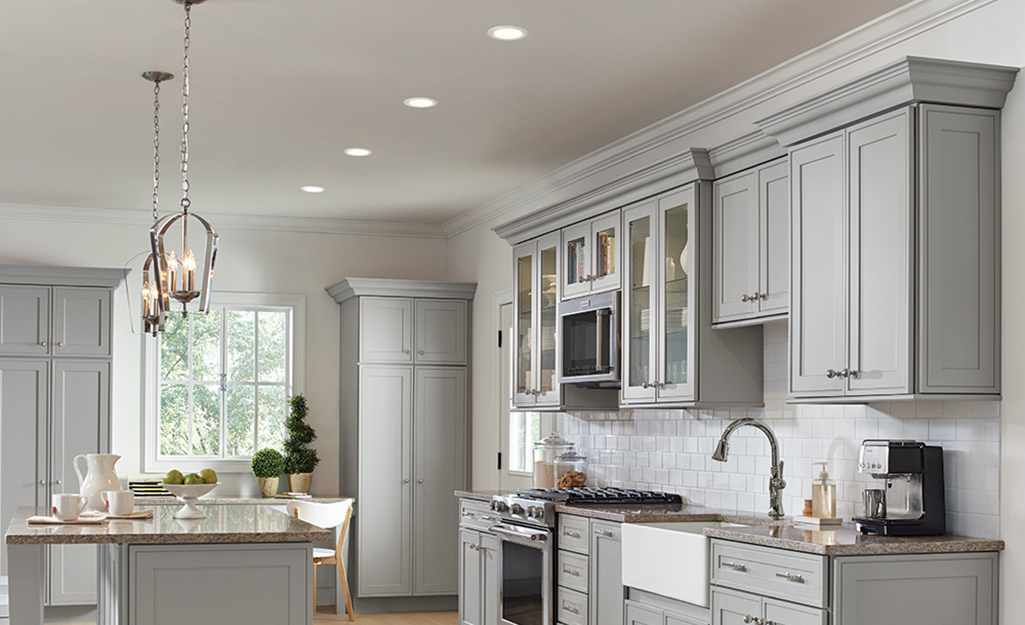


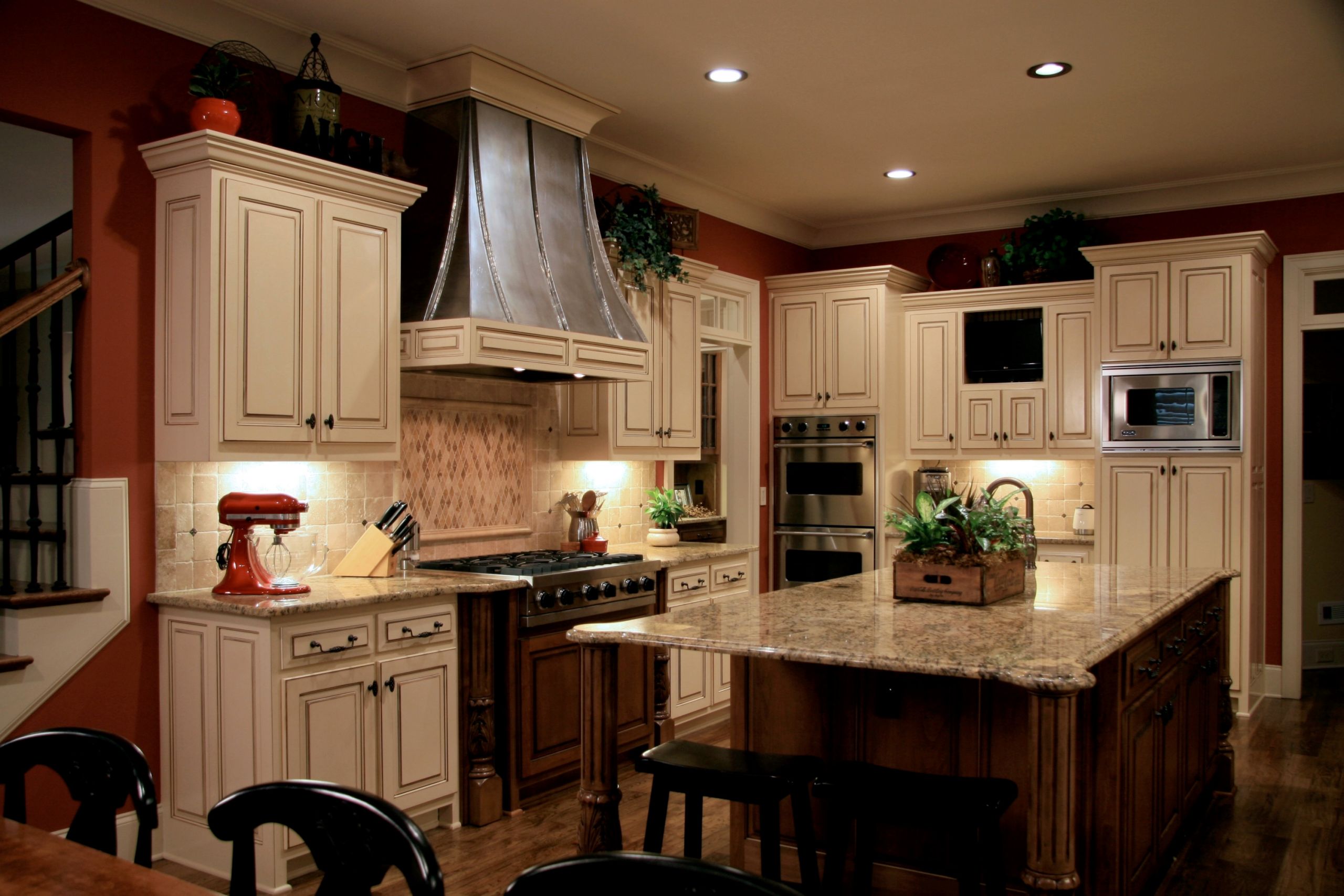

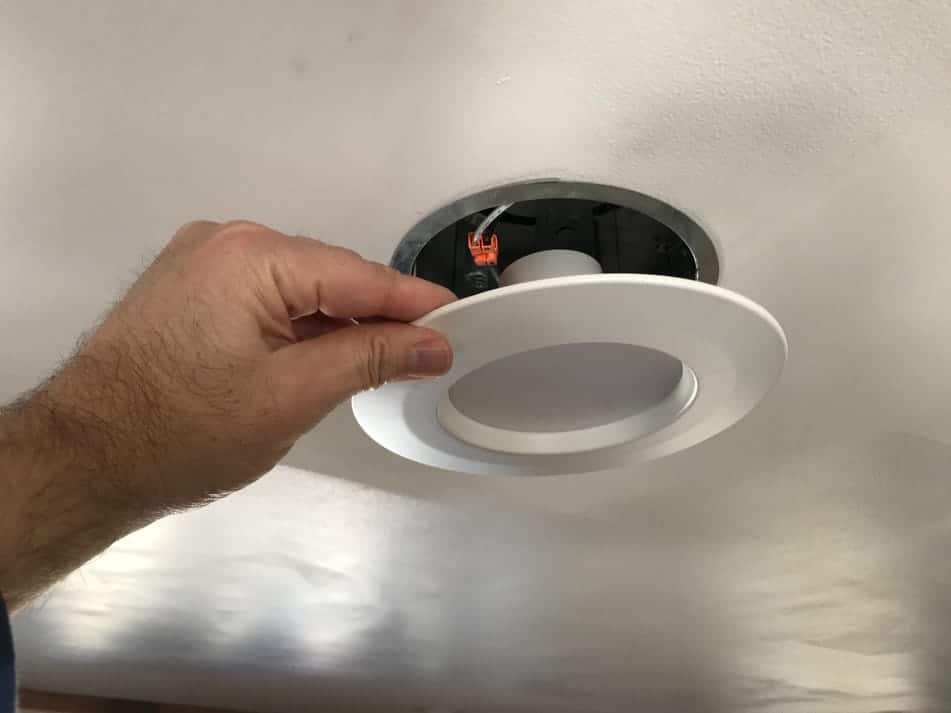
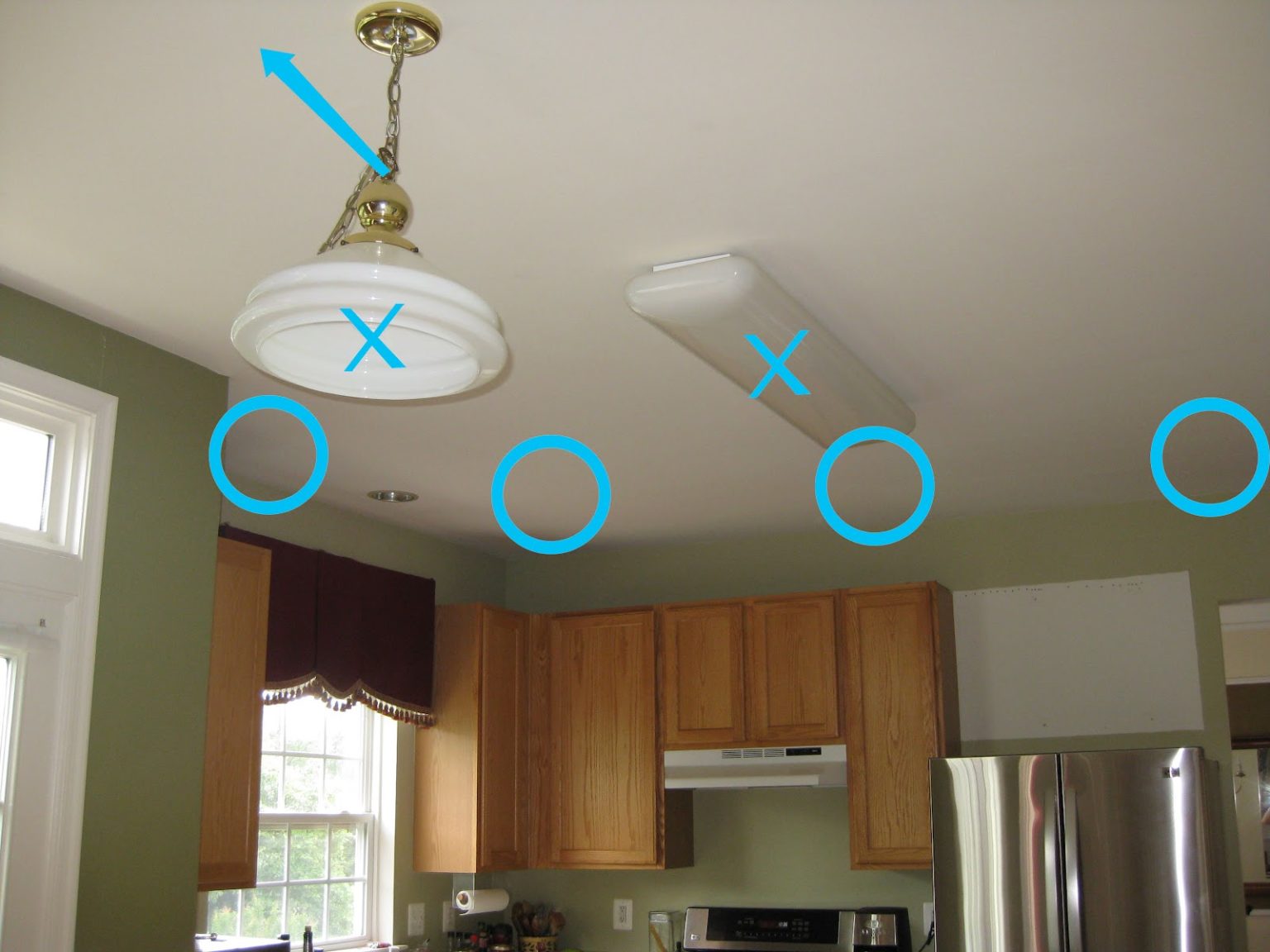





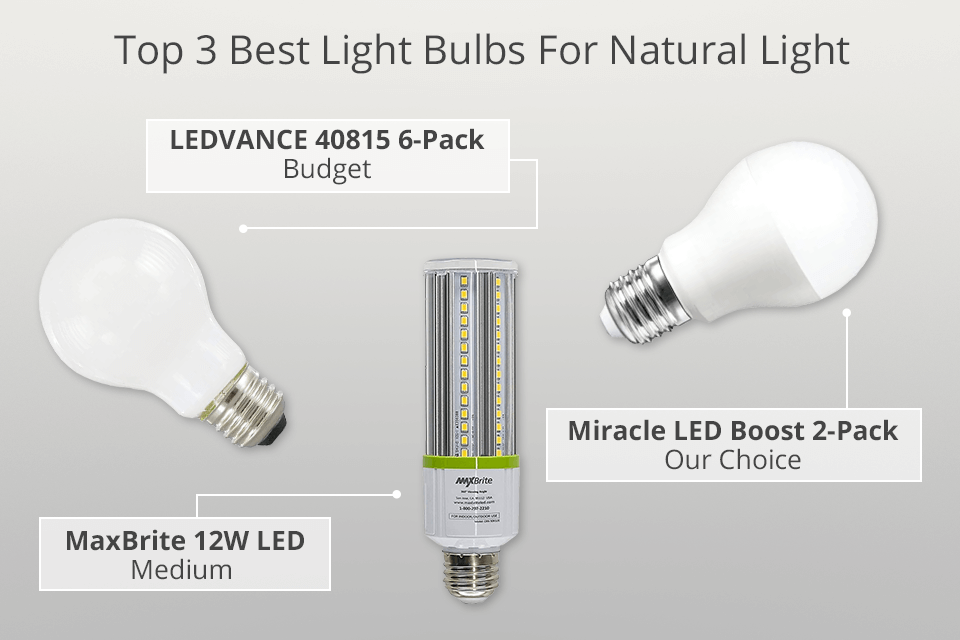








:max_bytes(150000):strip_icc()/DSC_0268-3b917e92940e4869859fa29983d2063c.jpeg)







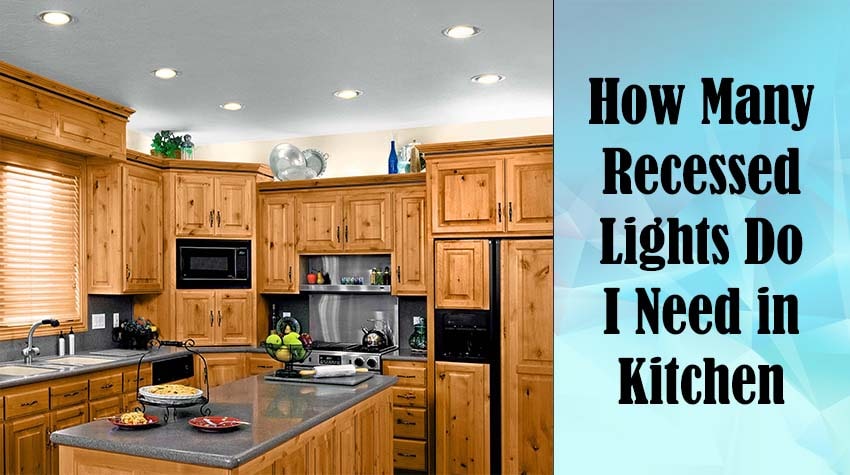






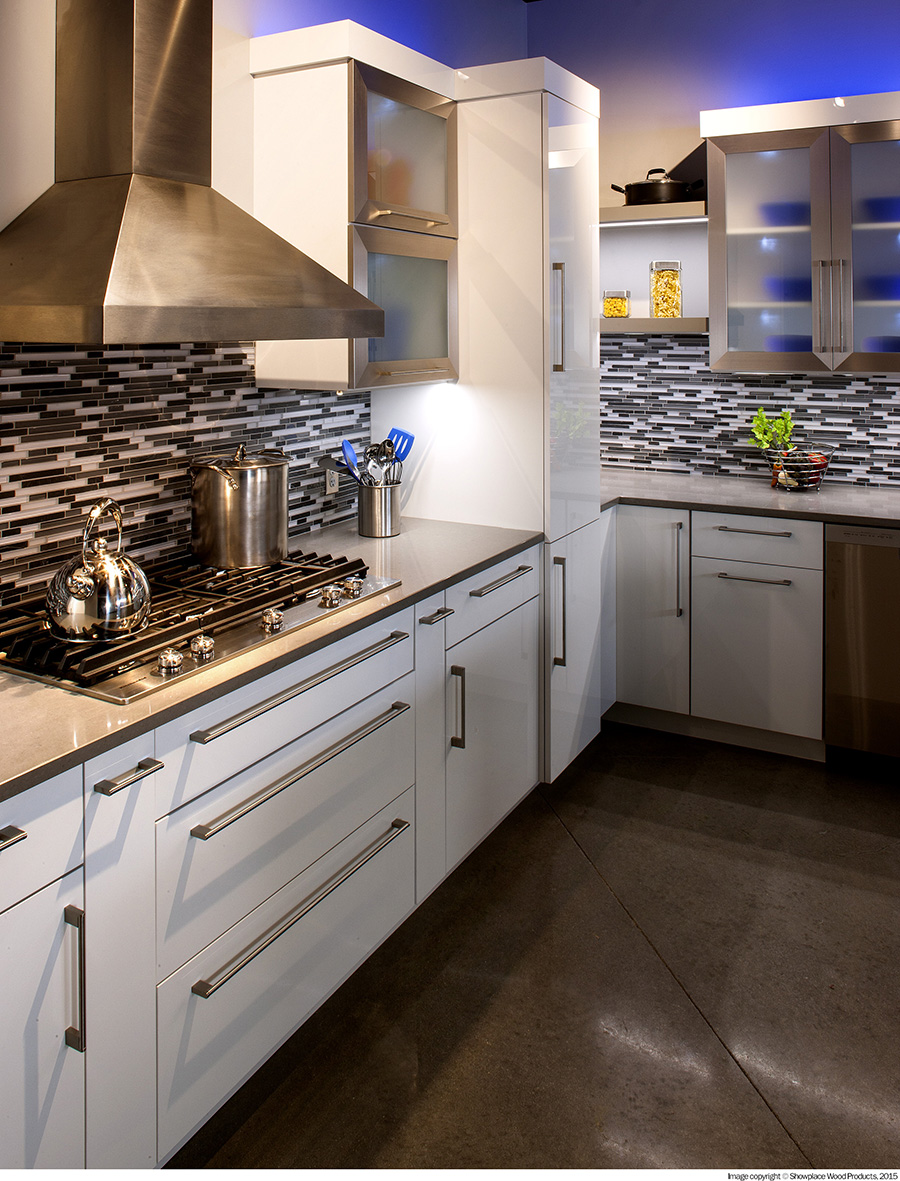

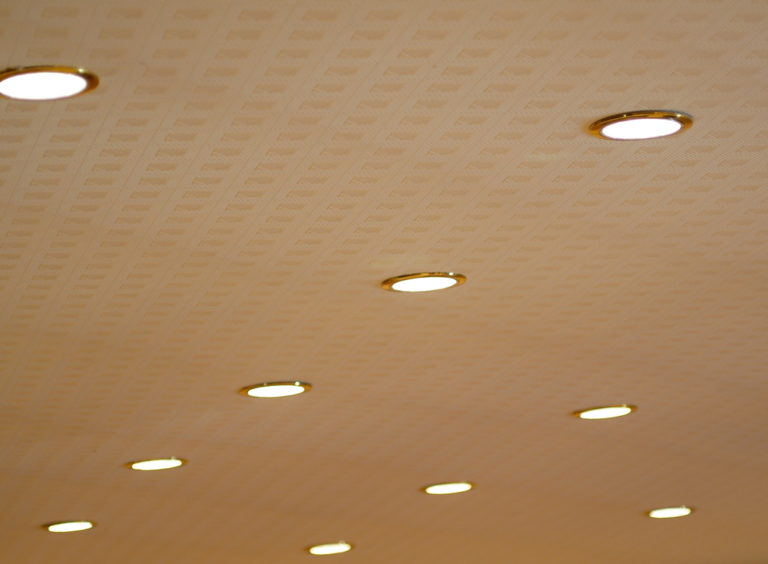
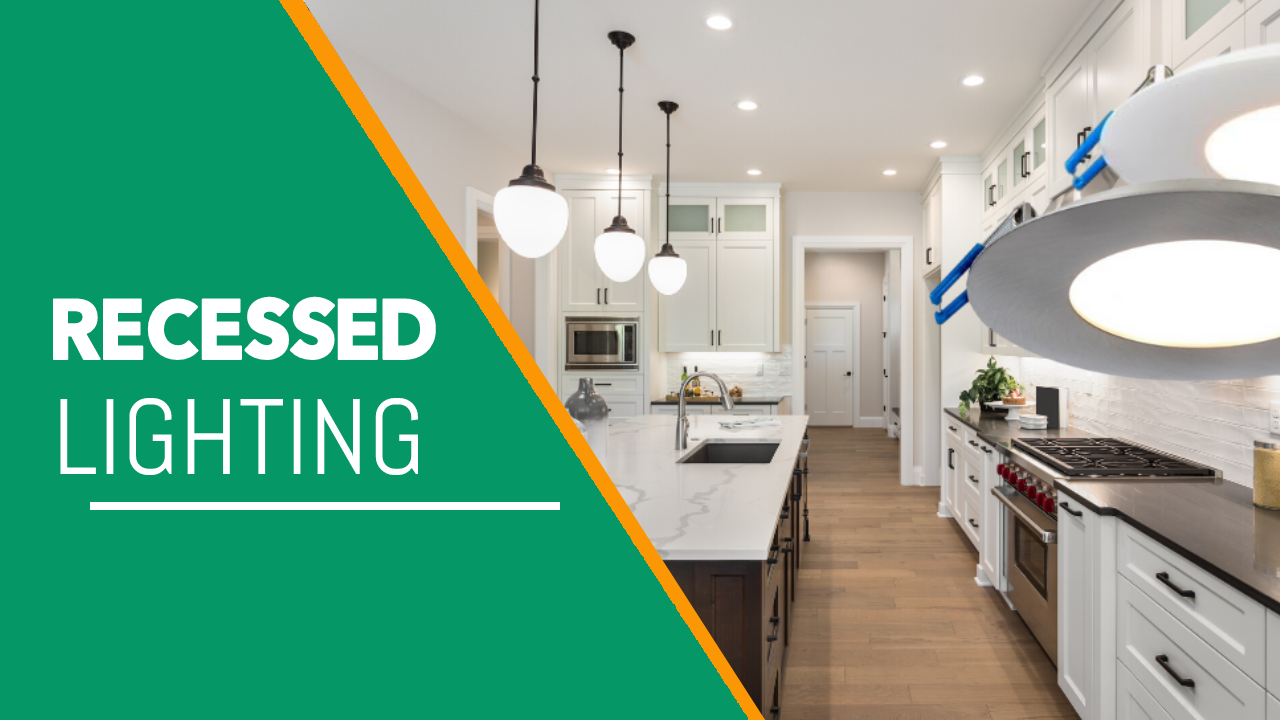
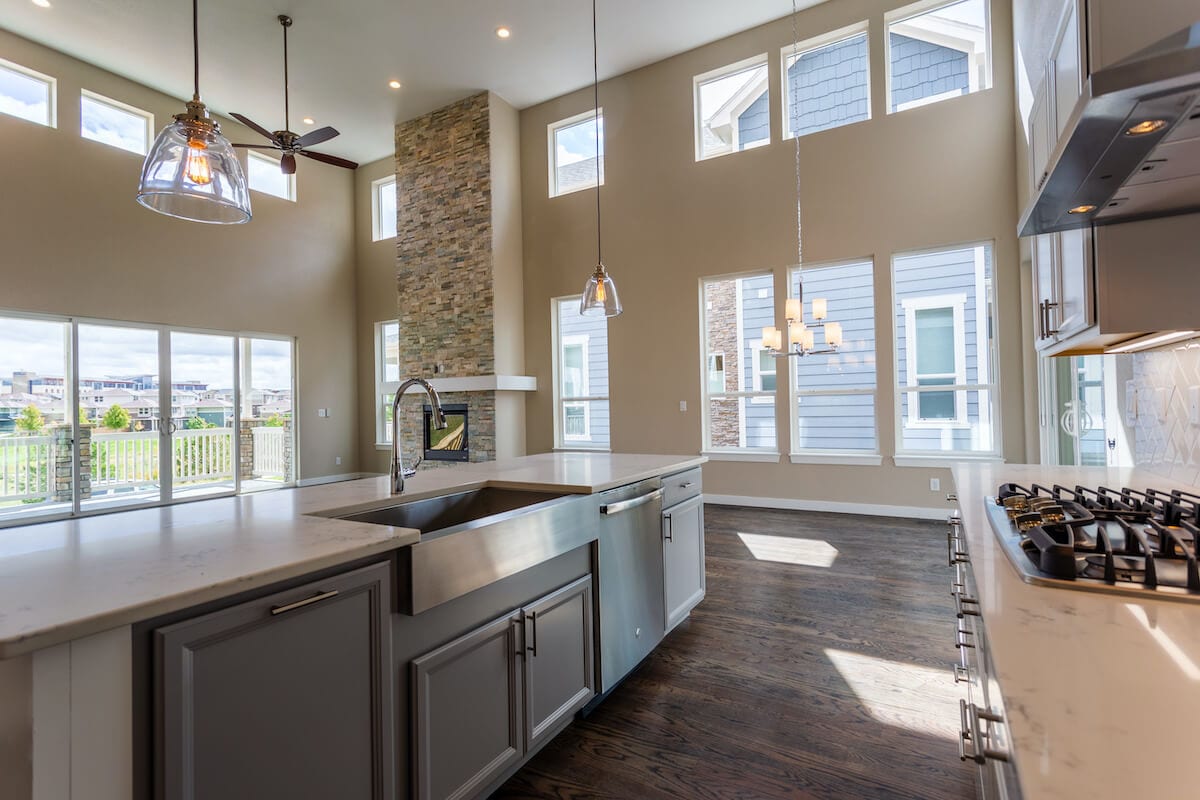







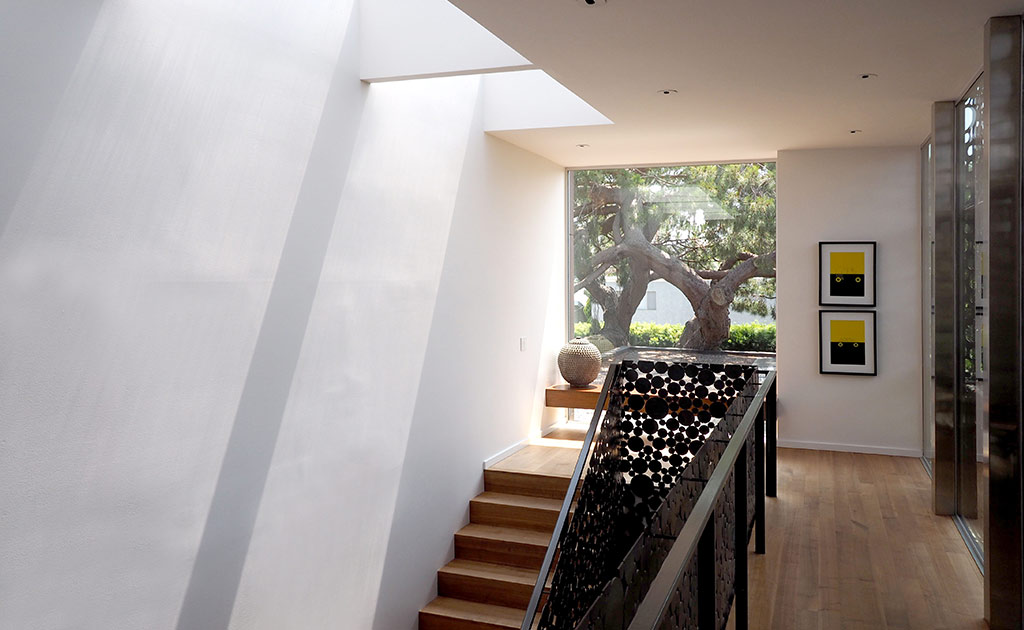

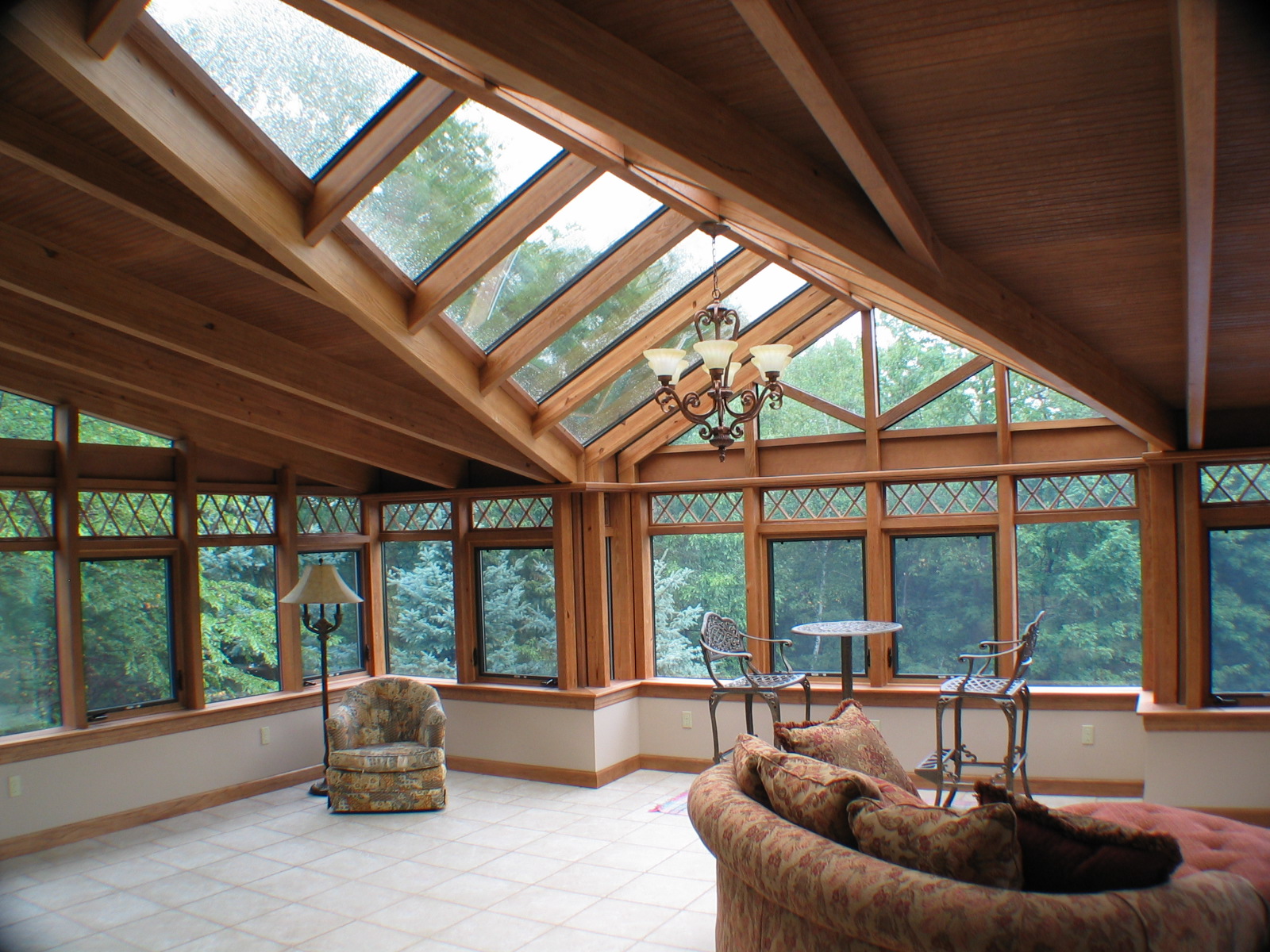


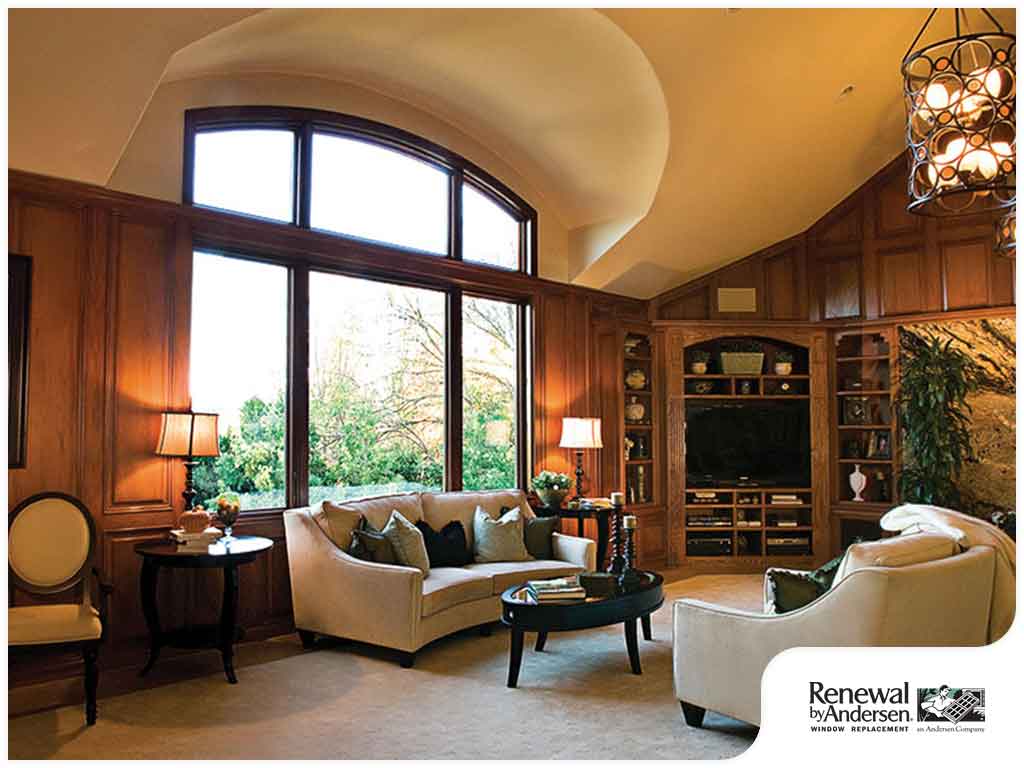
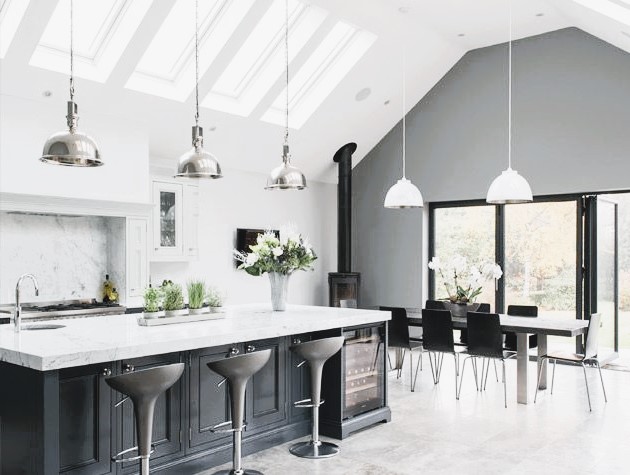






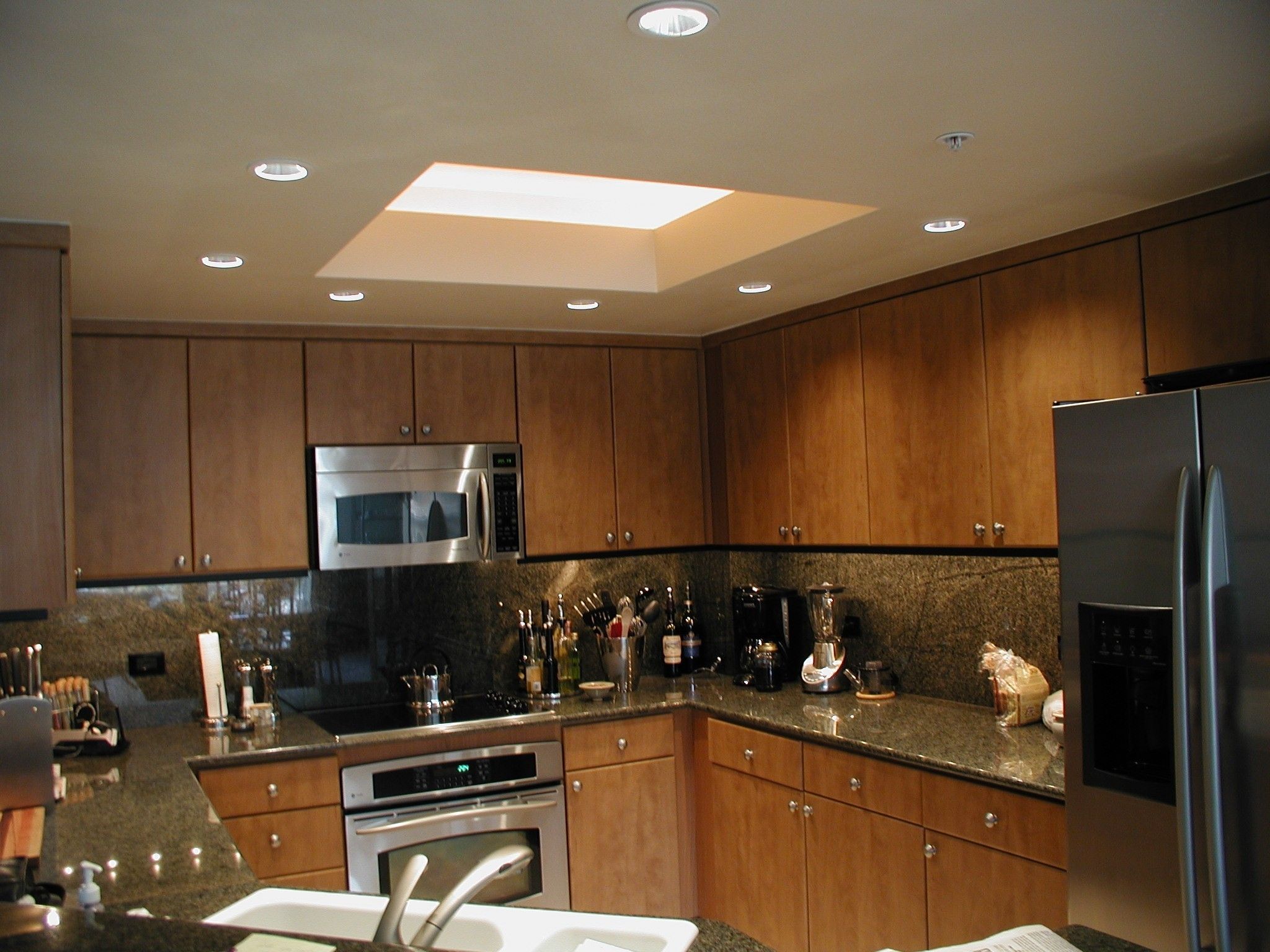

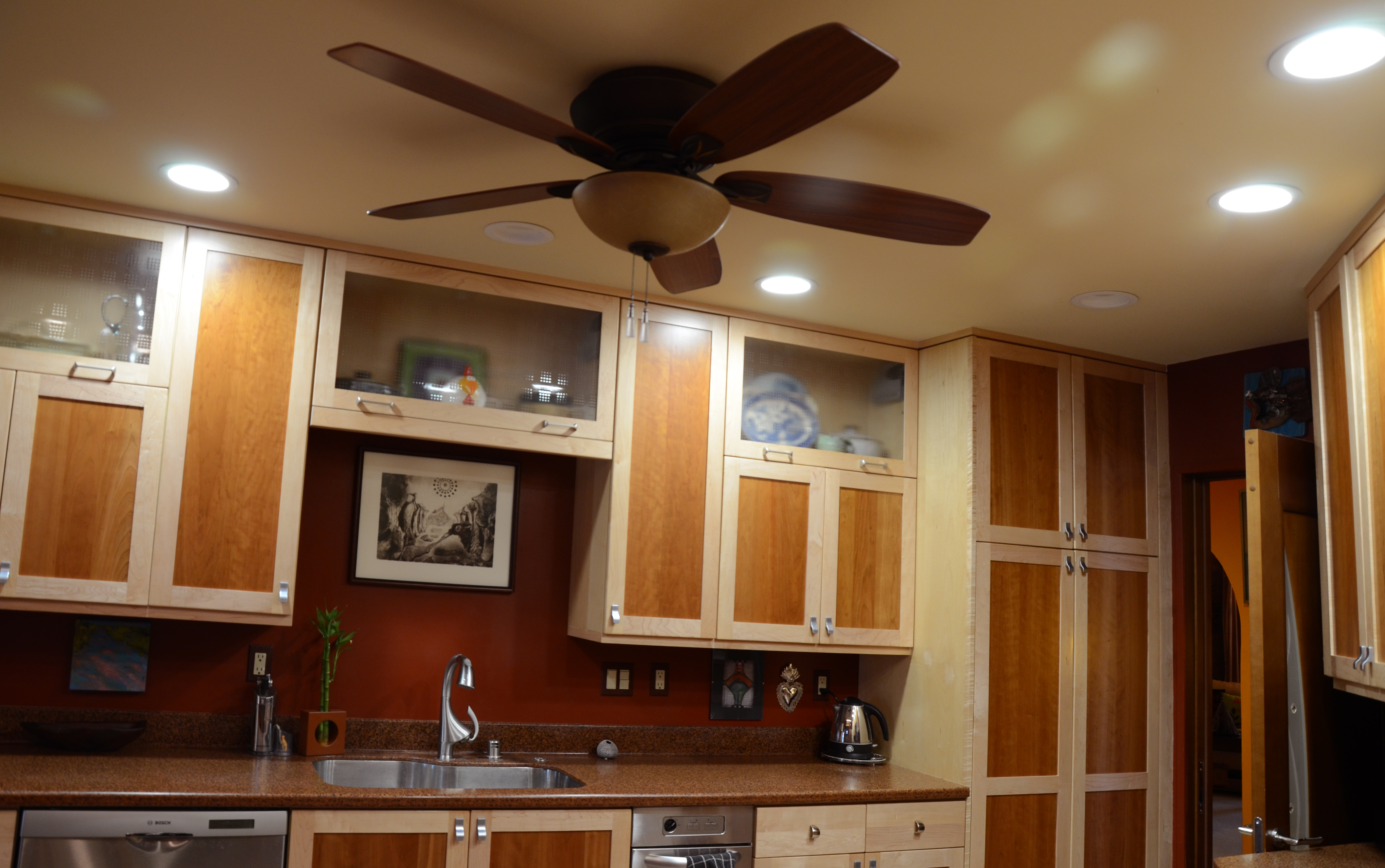



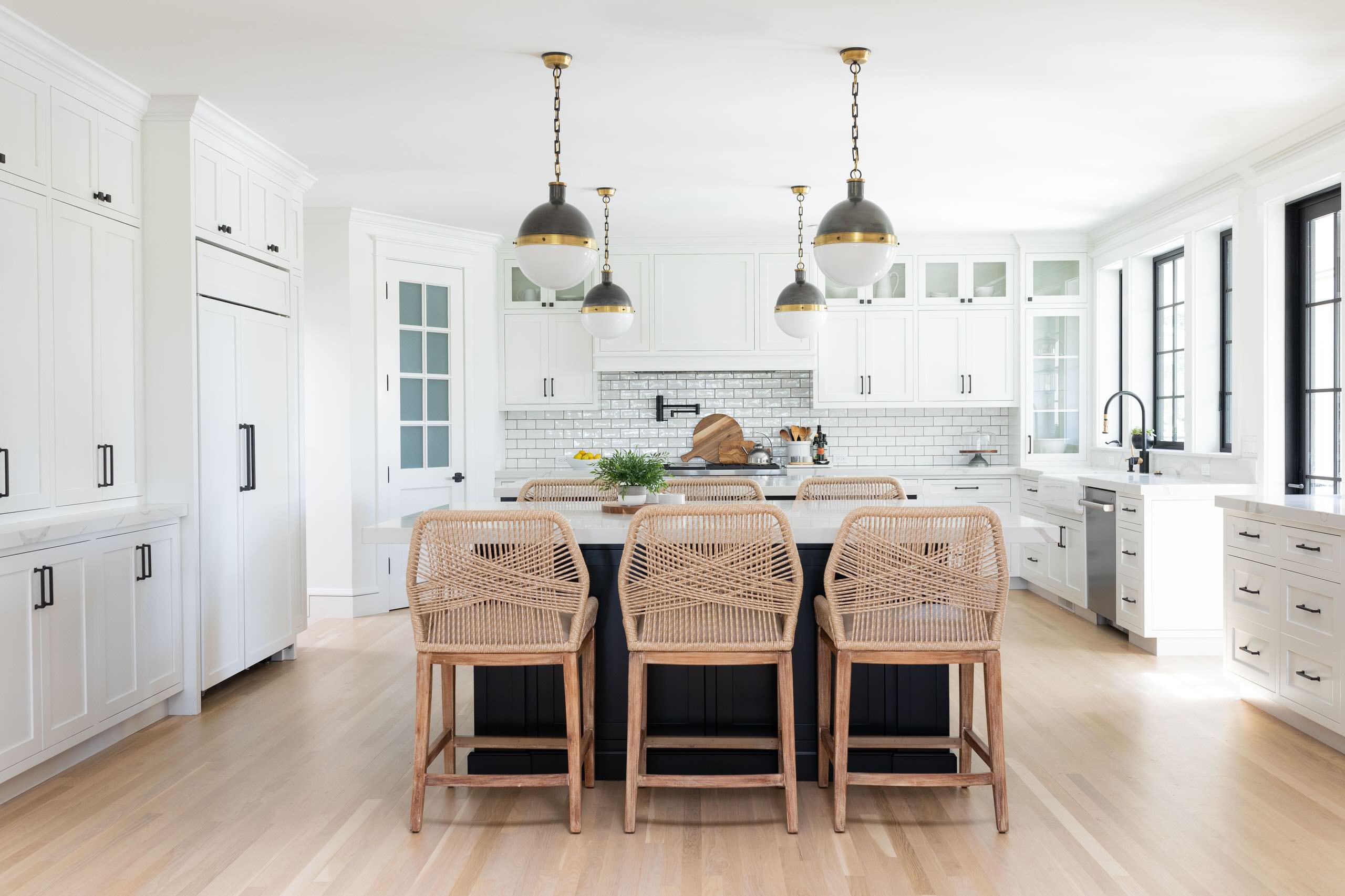
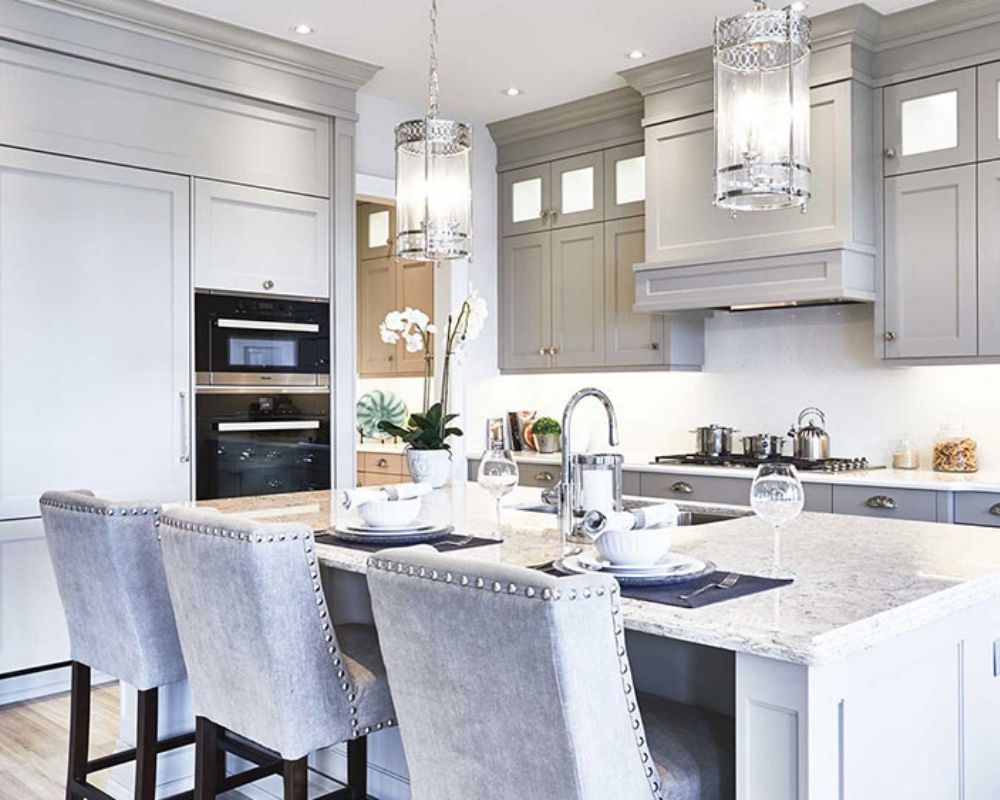

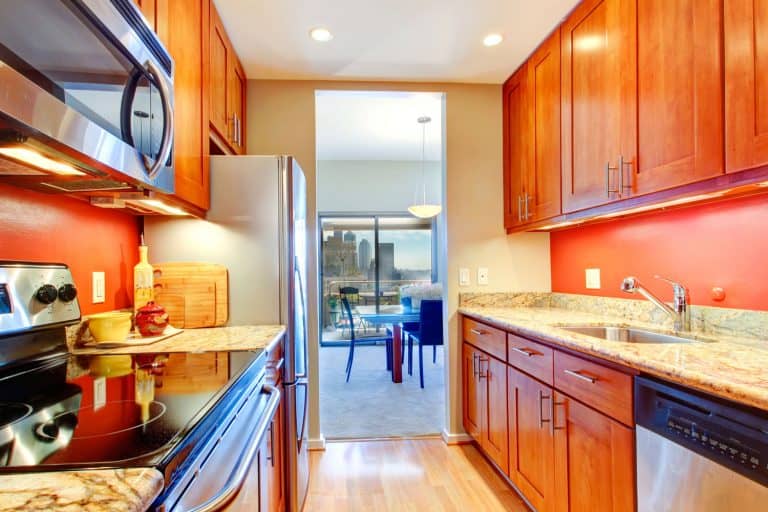




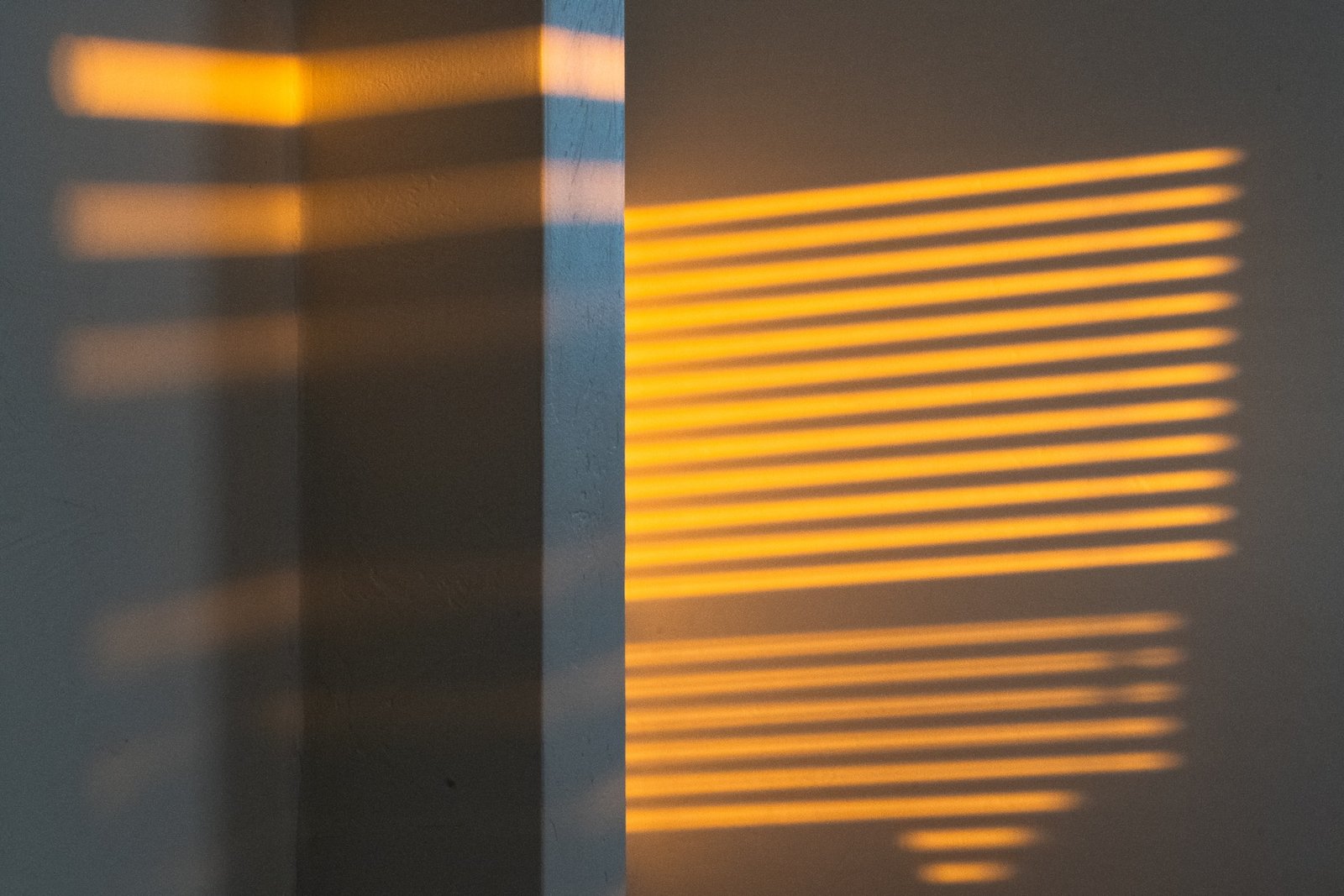





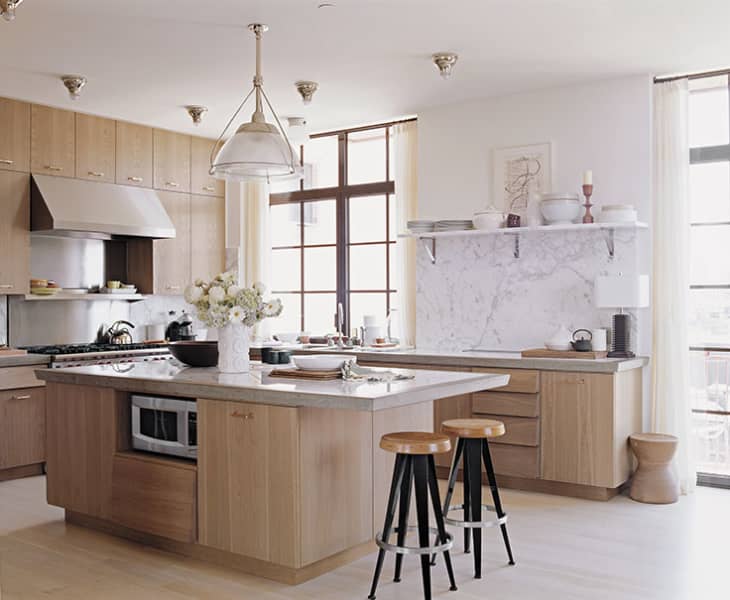
.jpg)

:max_bytes(150000):strip_icc()/IKEARoomDividerBookcase-591250fc3df78c92830e9526.jpg)



